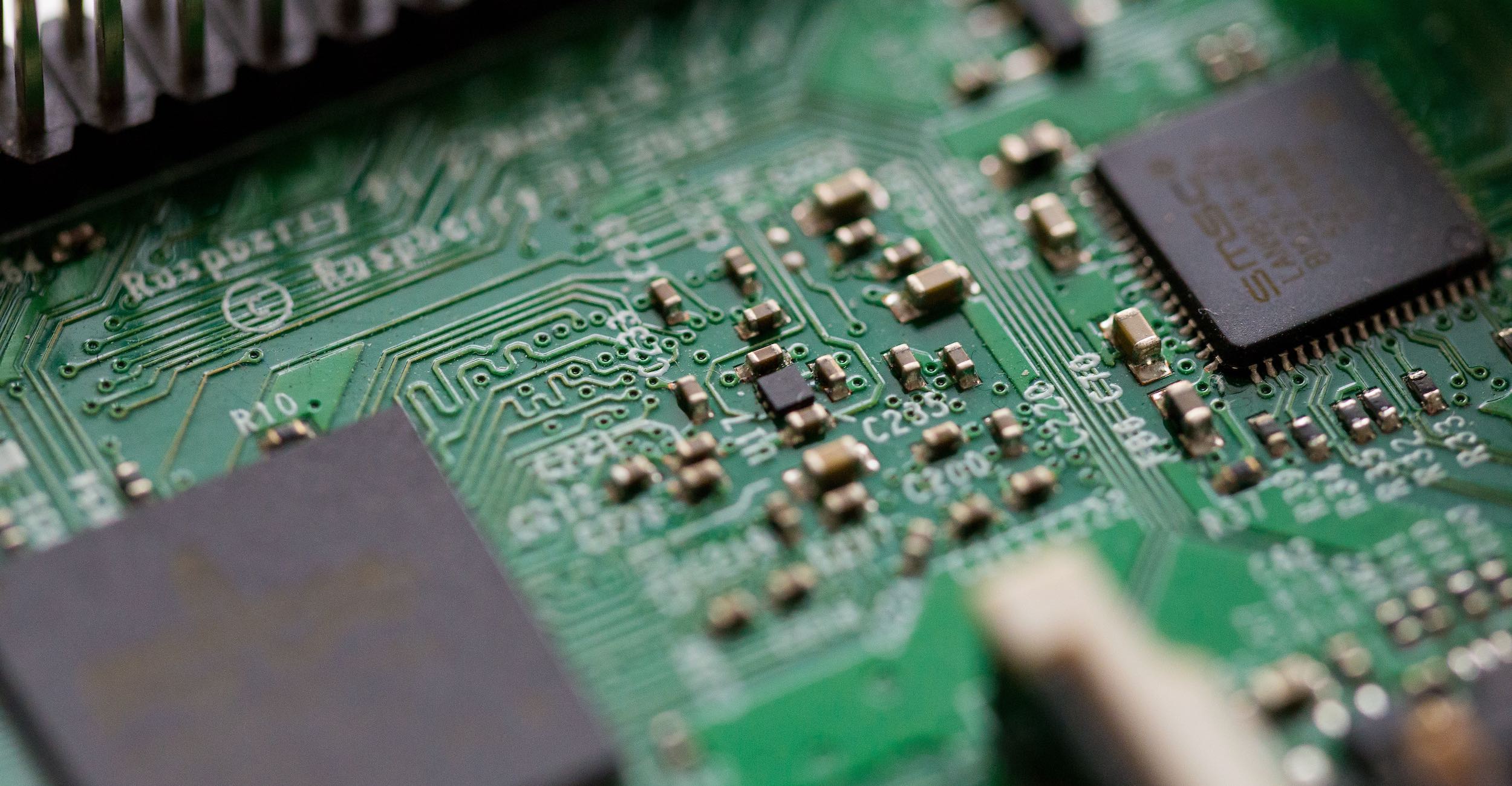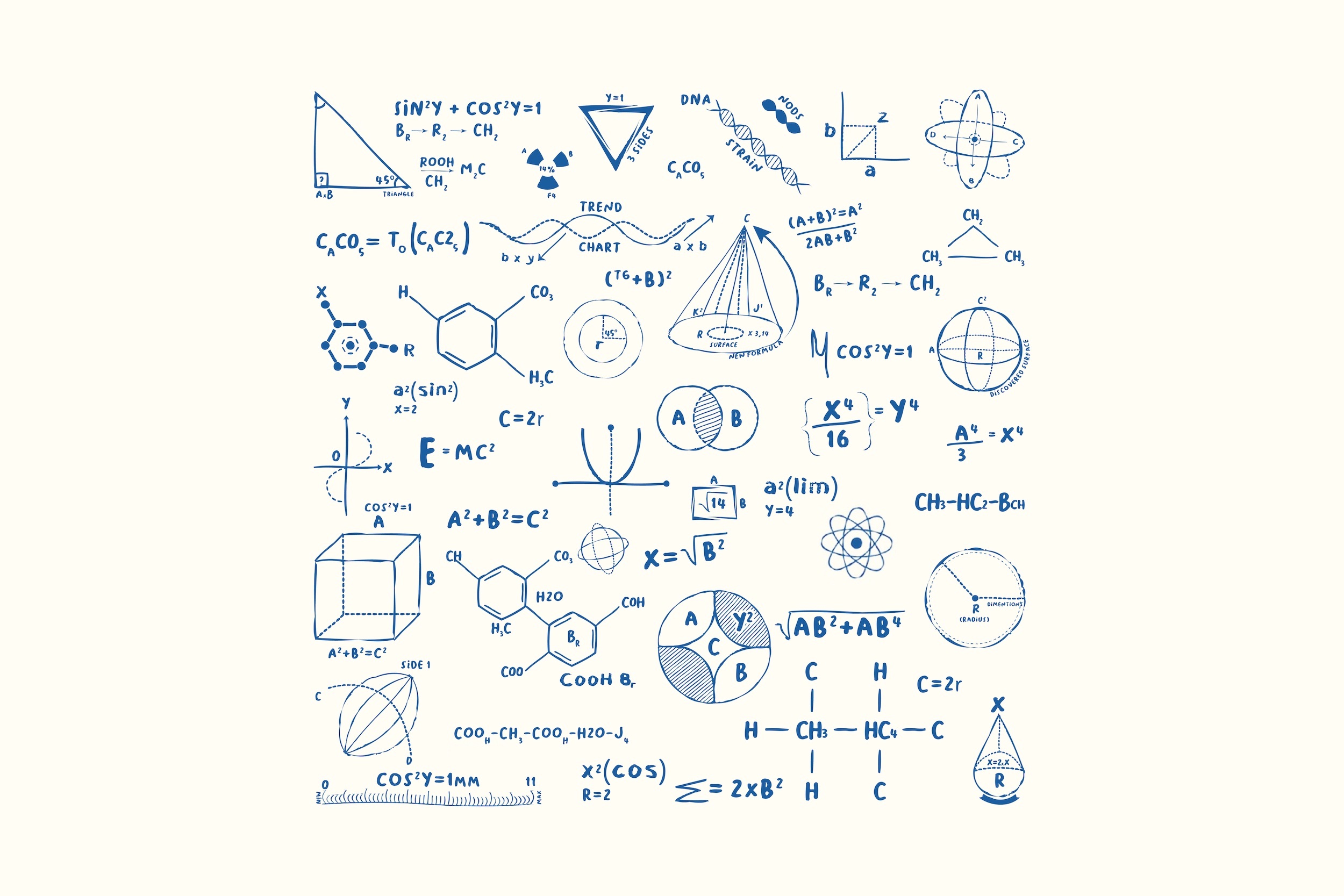An excerpt from “Law + Technology” you can download here.
***
1. Hypothesis
Instead of the classical “law & technology” approach, this article proposes to adopt a “law + technology” approach to explore the synergies between law and technology. “Law + technology” is based on a simple postulate: technology and law can better increase the common good together than in a silo.
Law and technology are made of different materials: law is first and foremost a social constraint, technology is above all a technical constraint. These materials are complements, so one material must not erode the other.1The erosion risk exists when the two materials (law and technology) collide. This risk does not always have to be avoided. When law and technology present irreconcilable interests, the law must prevail in a rule of law system. For example, freedom of expression must prevail over censorship technologies used by the Chinese and Russian governments. The task assigned to lawyers under a “law + technology” approach is thus to regulate the negative ramifications of technology while preserving the positive ones. The approach requires policymakers and regulators to study and understand the technology’s positive ramifications before regulating it. Under “law and technology,” the risk of unintentionally reducing these positive ramifications is much higher.2Under a “law & technology” approach, regulators are not comparing the effect of different intervention methods on the positive ramification of technology. They are not in a position to balance the effectiveness of the rule and its effect on the technology. Regulators may choose a regulation with comparable efficiency to others but a more negative impact on the technology.
2. Approach
Technology can only play a role in “law + technology” if legal rules do not hamper it. Darwin’s work helps understand what preserving technology entails. In his book On the Origin of Species, the father of modern biology concludes that animal species and varieties can only survive if they have unique characteristics they can put to good use in their environment. It follows that the natural or brutal change in the environment causes species extinction.3Charles Darwin, On The Origin Of Species, 69 (1859, John Murray) (“if these enemies or competitors be in the least degree favoured by any slight change of climate, they will increase in numbers, and, as each area is already fully stocked with inhabitants, the other species will decrease”). The same is true if man’s hand changes the characteristics of these species.4Charles Darwin, On The Origin Of Species, 38, 84 (1859, John Murray) (“Man can hardly select, or only with much difficulty, any deviation of structure (…) How fleeting are the wishes and efforts of man! How short his time! And consequently how poor will his products be, compared with those accumulated by nature during whole geological periods. Can we wonder, then, that nature’s productions should be far ‘truer’ in character than man’s productions; that they should be infinitely better adapted to the most complex conditions of life, and should plainly bear the stamp of far higher workmanship?”).
Darwin’s work introduces what will later be called “complexity science.”5For an introduction, see John H. Holland, Complexity: A Very Short Introduction (Oxford, 2014); Stefan Thurner, Rudolf Hanel & Peter Klimek, Introduction to the Theory of Complex Systems (Oxford, 2018); M. Mitchell Waldrop, Complexity: The Emerging Science at the Edge of Order and Chaos (Simon & Schuster, 1992); Melanie Mitchell, Complexity: A Guided Tour (Oxford, 2009). Complexity science is interested in how systems react to the context they create. The relationships between agents create a dynamic that changes the environment in which they evolve. The new environment impacts its agents, which modify their relationships, etc.
Complexity science is not well explored in the “law & technology” literature, although its teachings are fundamental.6HeinOnline lists only 87 articles mentioning “complexity science” or “complexity theory” in the “Science, Technology, and the Law” literature between 1960 and 2020, see (all_topics_ms: “Science, Technology, and the Law” (“complexity science” OR “complexity theory”)) in Law Journal Library, section type “articles”, 1960 to 2020. The related literature body has two main lessons for regulators acting in the digital space. First, one must be careful not to remove—by legal rule—what distinguishes one technology from another, for example, not to force a single point of access in blockchain governance or constrain deep learning’s reliance on activation functions.7Chigozie Enyinna Nwankpa, Winifred Ijomah, Anthony Gachagan & Stephen Marshall, Activation Functions: Comparison of Trends in Practice and Research For Deep Learning (2018) (explains that activation functions manipulate the data and produce an output for the neural network). The changed technology will disappear in favor of others otherwise.8This proposition is only valid if what differentiates one technology from another allows for value creation. If this is not the case, technology can create value in the same way that another technology can. It may also mean that the technology survives only because of its ability to reduce the common good while benefiting a few individuals. Policymakers can therefore suppress the technology. A technology appears and remains among others only because it creates value in a singular way. Removing the element(s) that differentiate the technology from others impacts that value and thus makes it disappear. Second, one shall be cautious when changing the (legal, technical, etc.) technology environment. The technology shall remain in a position to exploit its singularities.
In practice, regulators face two scenarios. One, the technology needs to be regulated because it creates negative ramifications for reasons (technical, governance, etc.) that are not related to differentiating characteristics. Regulation can address the problems without endangering the technology’s survival. Two, the technology creates negative ramifications precisely because of the characteristics that differentiate it from others. Regulation will endanger technology’s survival, which entails addressing the issue while maintaining sufficient differentiation from other technologies.
Let’s take three examples. A blockchain smart contract is immutable. It cannot be deleted, stopped, or changed.9Thibault Schrepel, Smart Contracts and the Digital Single Market Through the Lens of a ‘Law + Technology’ Approach, European Commission, 22 (2021) (explains smart contracts’ immutability). Immutability constrains the creator of the smart contract and the regulator, which is problematic when the smart contract automates an illegal transaction. In reaction, the draft version of Data Act Article 30 proposes implementing a “mechanism (…) to terminate the continued execution of transactions.”10The Proposal for a Regulation of The European Parliament and of The Council on Harmonised Rules on Fair Access to and Use of Data (Data Act), COM(2022) 68 Final, art. 30 only applies to smart contracts automating data sharing. It would put smart contract immutability in check, thus challenging technology’s survival.11Thibault Schrepel, The Theory of Granularity in Blockchain + Antitrust: The Decentralization Formula, 247 (Edward Elgar, 2021) (explores how to make immutability practicable without hampering smart contracts’ survival chances). Immutability indeed differentiates smart contracts from other contractual methods; it creates value. The characteristic creates trust between the parties by preventing unilateral non-execution. It also lowers transaction costs related to monitoring and enforcement.12Ibid., 95-96 (smart contracts’ automatic execution reduces costs compared to using an intermediary). And it helps combat corruption by blocking malicious changes after one puts the smart contract on the network, etc. Users are unlikely to want to use a “stoppable smart contract” rather than another transactional means. This singular characteristic must therefore be regulated, but maintained.13Thibault Schrepel, Smart Contracts and the Digital Single Market Through the Lens of a ‘Law + Technology’ Approach, European Commission (2021) (applies the “law + technology” approach to smart contracts).
Similarly, blockchain immutability is problematic when courts identify past transactions as illegal, when a user sends a token to the wrong address, etc. But immutability serves the probity of the information on the blockchain. For example, if an AI system—that runs on top of a blockchain—malfunctions, the company operating the system cannot delete entries from the database to hide the reasons explaining the misbehavior.14Ibid., 56 (“blockchain visibility ensures the transparency of the data used in AI systems”). Here again, the same feature is the source of both negative and positive ramifications.
Last, one sees the duality of technology at a more general level. A facial recognition system can discriminate against minorities poorly represented in the database used to train the system using deep learning.15Joy Buolamwini & Timnit Gebru, Gender Shades: Intersectional Accuracy Disparities in Commercial Gender Classification, 81 Proc. Of Mach. Lear. Res. 1, 12 (2018) (links error rates with datasets); Karen Hao, This Is How AI Bias Really Happens—And Why It’s So Hard to Fix, MIT Tech. Rev. (Feb. 4, 2019) https://perma.cc/6QDV-WXDQ. But law enforcement can use facial recognition to identify human trafficking victims, in which case AI imperfections—if AI performs better than humans—shall be tolerated.16OSCE Office of the Special Representative and Co-ordinator for Combating Trafficking in Human Beings and Tech Against Trafficking, Leveraging Innovation to Fight Trafficking In Human Beings: A Comprehensive Analysis of Technology Tools (Vienna, May 2020). Researchers also use deep learning systems in medicine to discover new pathologies, improve diagnoses17Nan Wu et al., Deep Neural Networks Improve Radiologists’ Performance in Breast Cancer Screening, 39 IEEE Trans Med Imaging. 1184 (2020); Charlotte Jee, Deepmind Has Made a Prototype Product That Can Diagnose Eye Diseases, MIT Tech. Rev. (Apr. 1, 2019) https://perma.cc/3QLZ-78SH. and treatments.18Anne Trafton, Artificial Intelligence Yields New Antibiotic, MIT News Office (Feb. 20, 2020) https://perma.cc/3QPR-7FT4. The same goes for metaverses and virtual reality, also used in medicine.19Children’s Hospital Los Angeles, A Game Changer: Virtual Reality Reduces Pain and Anxiety in Children (Aug. 25, 2021) https://perma.cc/2BZ4-KA65. Regulators shall consider the impact on positive ramifications instead of simply looking at a way to address the risks. The Darwinian take on regulating technology preserves these positive ramifications and thus forms the cornerstone of “law + technology.”
Thibault Schrepel
@ProfSchrepel
***
Download the entire article over here.
The following sections explore how to implement “law + technology” in practice.








